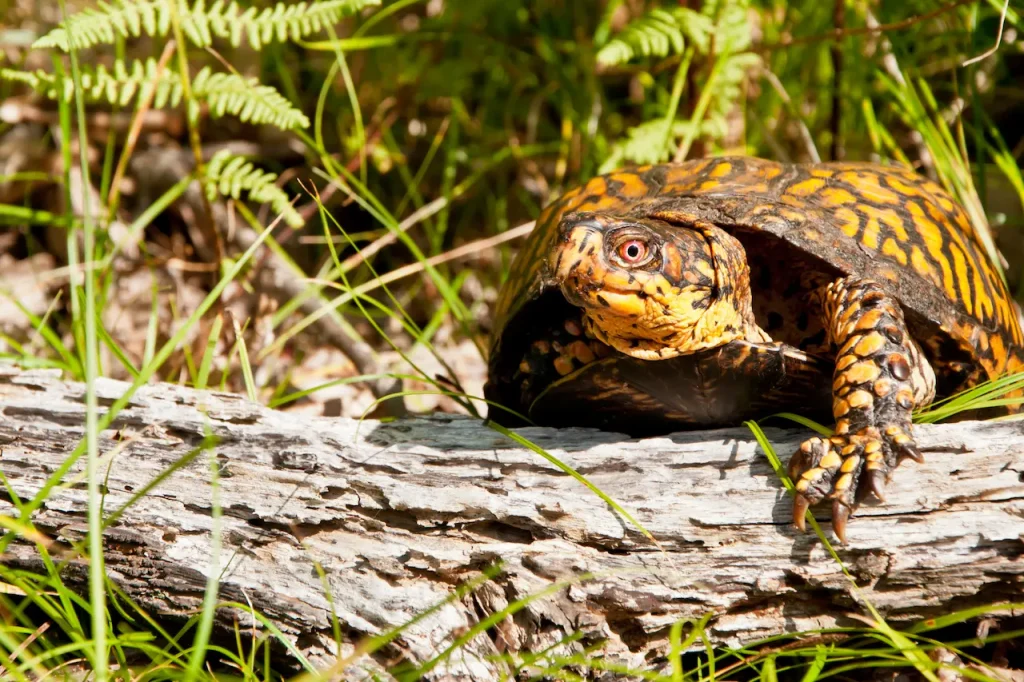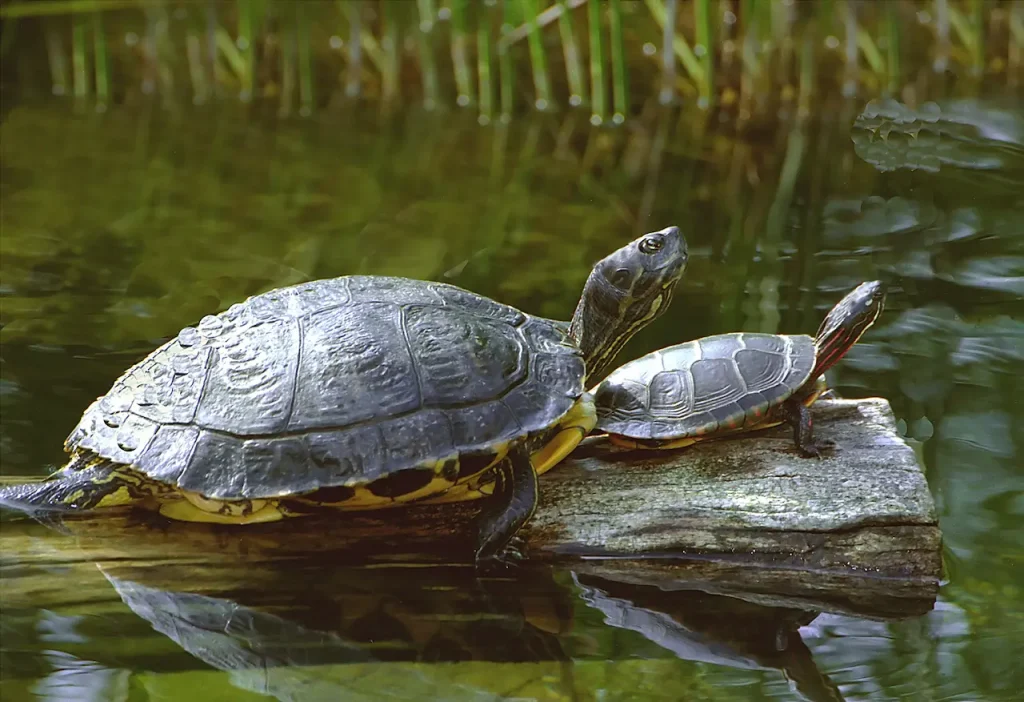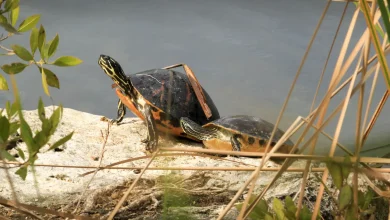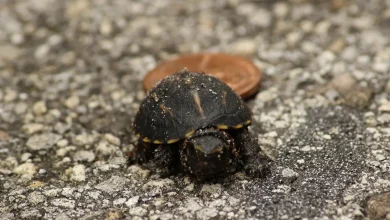Basic Information:
- Author: Tess Cook
- Original Language: English
- Available in English: Yes
- Series: TFH Guides
- Number of pages (paperback): 128 pages
- Publisher: TFH Publications, Inc.
- Language: English
- ISBN-10: 0793828953
- ISBN-13: 978-0764111815

Official Description
This comprehensive guide discusses the care, breeding, and natural history of these popular pets and covers all the species and subspecies of box turtles present in the reptile hobby, including North American box turtles and Asian box turtles of the genus Cuora. The author, an expert on box turtles who has studied them, bred them in captivity, and rehabilitated injured box turtles for release back into nature, provides an in-depth discussion of hibernation–a critical topic for the health of these creatures.
Review: Box Turtles (Complete Herp Care)
Box Turtles (Complete Herp Care) by Tess Cook is an excellent book that contains plenty of pictures and good information. It is an excellent guide to anyone new to box turtles while at the same time containing enough information to allow even the most experience box turtle keeper to learn something new.

Recommended?
We highly recommend this book to anyone who wants to know how to keep and care for different types of American box turtles, the genus Terrapene. It contains a lot of information and is one of the best books on the topic. The information on Cuora box turtles is less complete but it is hard to find good information on these species anywhere and there are no books that offer better information on Cuora turtles.
If you want to know how to care for your box turtle we recommend that you either buy this book (available at Amazon) or The Box Turtle Manual (Advanced Vivarium Systems) by Philippe De Vosjoli. Ideally, I recommend you buy both. These are the two best affordable books on the box turtles. If money is no object you should consider getting Complete North American Box Turtle by Carl J Franklin and David C Killpack as well. It is a very good book but it is hard to find it for less than USD50.


I live in the country, in a small community outside San Miguel de Allende in the state of Guanajuato Mexico. At 7,000 ft. Yesterday, I found what I believe is a Mexican box turtle crossing the road. About 6 inches long.
She was very dirty and smelly, but her eyes are clear. I cleaned her with fresh clean rain water and put her in a large outside enclosure. I think she was crawling through a cattle farm, as she does not smell after the bath. I provided lettuce, banana, watermelon and plenty of grasshoppers.
She did not eat and immediately burrowed under a bush. I wonder if she wants to hibernate? It has been in the 70’s during the day and 60’s at night but will get colder. As low as 45.
I live on 3 acres and am happy to let her go, but, we are in a high dessert climate and there is no standing water anywhere unless it rains. I mainly wanted to protect her from cars and make sure she was not sick.
I have seen at least one desert tortoise here and my neighbor says his dog found a similar box turtle, but in 4 years, I have not seen another box turtle.
I apologize if this post is not appropriate, I could not find any other place with information. Thanks charlie
Hello. I happy to hear that you just want what is best for the turtle.
I know the area you are talking about relatively well. I have lived one year in San Miguel de Allende. The Mexican box turtle is more common closer to the Caribbean coast and is somewhat rare in the highland. With that said. They do live there and you might very well have found one.
If you provide a good habitat for her with some water, brushes (or cacti), as well as some soft dirt, where she can burrow she might stick around even if you release her.
You are right that she might be looking to hibernate. You can allow her to that in the enclosure or by setting her free. She is likely to find water and shelter even if you cant see any since this is her natural range. It would be different if you moved her from her habitat. If you want to hibernate her in the enclosure then you need to make sure there is a suitable place with soft substrate for her to bury into. I recommend digging up a patch of dirt so that it becomes soft and the place a few rocks over the soft dirt so that an overhang is formed (two round rocks and a piece of slate o-o ) where the turtle can find cover while she diggs her hibernation chamber.
Good luck.